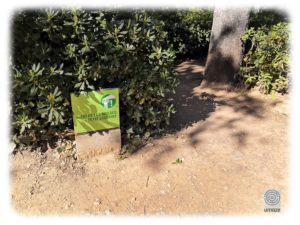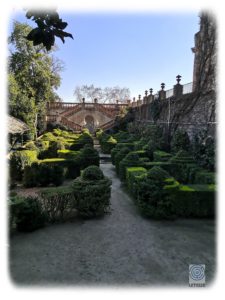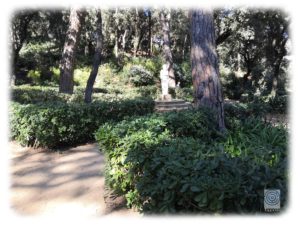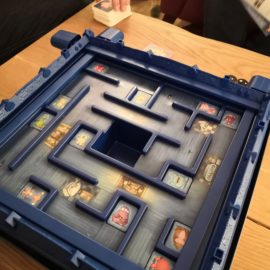Every doubt is a labyrinth.
Decisions, hypotheses and theories are paths for finding solutions, with every shortcut opening up a new point of view.
The previous quote is from the Parc del Laberinth d’Horta official website. Inspiring!
In our post published on Januray 9th — “Are you aware of the labyrinths and mazes surrounding us?” — we briefly introduced all the different type of mazes or labyrinths that surround us in our lives. The fourth point presents an introduction to Hedge Mazes. In this entry, we focus on a particular hedge maze, which is located in Barcelona, Spain: Parc del Laberint d’Horta or Jardins (Gardens) del Laberint d’Horta) .
Horta’s Labyrinth Park is Barcelona’s oldest conserved garden. Today, it is a garden-museum. The park is not in the center of the city, however it is possible to reach it by metro (L3-Mundet) or bus (27, 60, 76, 185, H4, V23). Perhaps, due to its distance from downtown, in our perception, most visitors are locals. At least that was our impression when we visited the maze on February 2020. To protect the park, the maximum capacity of visitors at the same time is 750 persons.
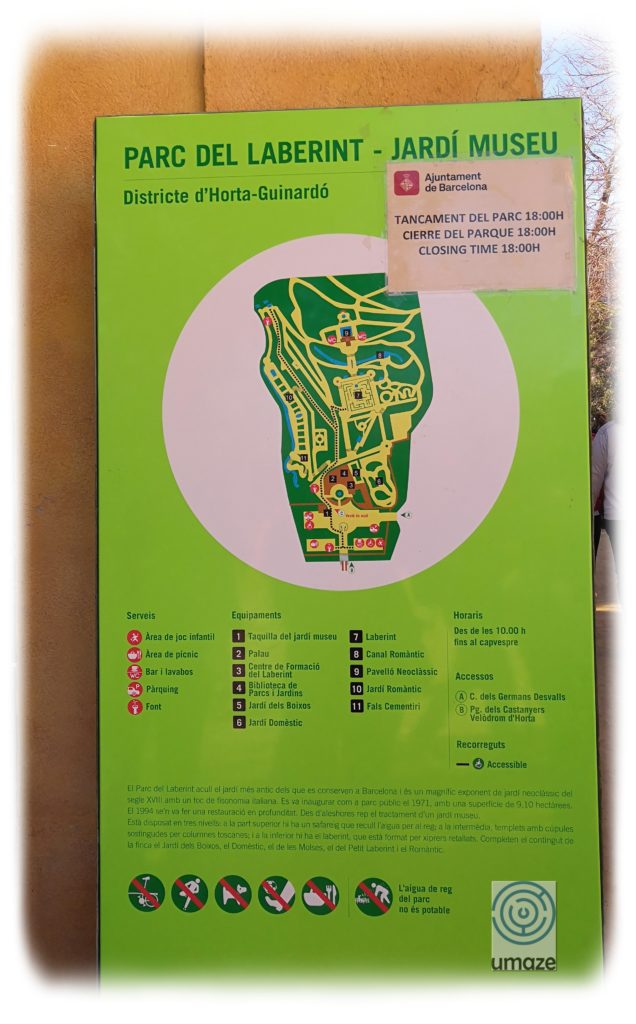
According to the information available, the construction of the park started in 1792 by the Italian engineer Domenico Bagutti. The owner of the estate was Joan Desvalls, the Marquis of Llupià and Alfarràs, who was “a nobleman who loved science, nature and art, passions that came together in the construction of the maze“. Currently the park is part of the city of Barcelona.
The park encloses two styles:
- 18th-century neoclassical garden and
- 19th-century romantic garden.
For the purpose of this post, we will focus on the hedge maze, which is build in the neoclassical style.
After crossing the entrance of the park, the first construction one encounters is the Desvalls Palace.
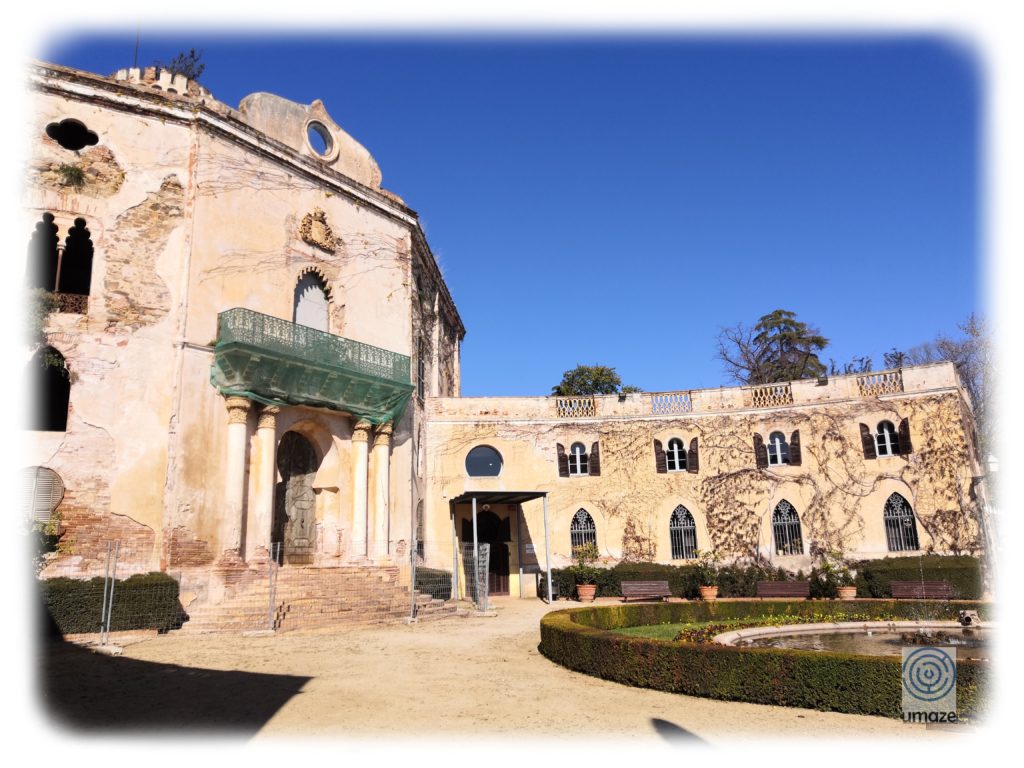
From the Desvalls Palace one continues walking towards the hedge maze. In this walk one observes different sculptures and gardens. One of these gardens contains a small labyrinth.
The neoclassical garden, in Parc del Laberint d’Horta, revolves around the theme of love. The main concept is that it consists of three terraces. Each one of these terraces has specific sculptures, meanings and architectonic functionalities. The hedge maze is located in the first terrace, the lower one, and it is made up of trimmed cypress trees. The view from the second terrace to the maze is beautiful. From the second terrace one can listen the laughs and voices of the people enjoying walking through the maze.
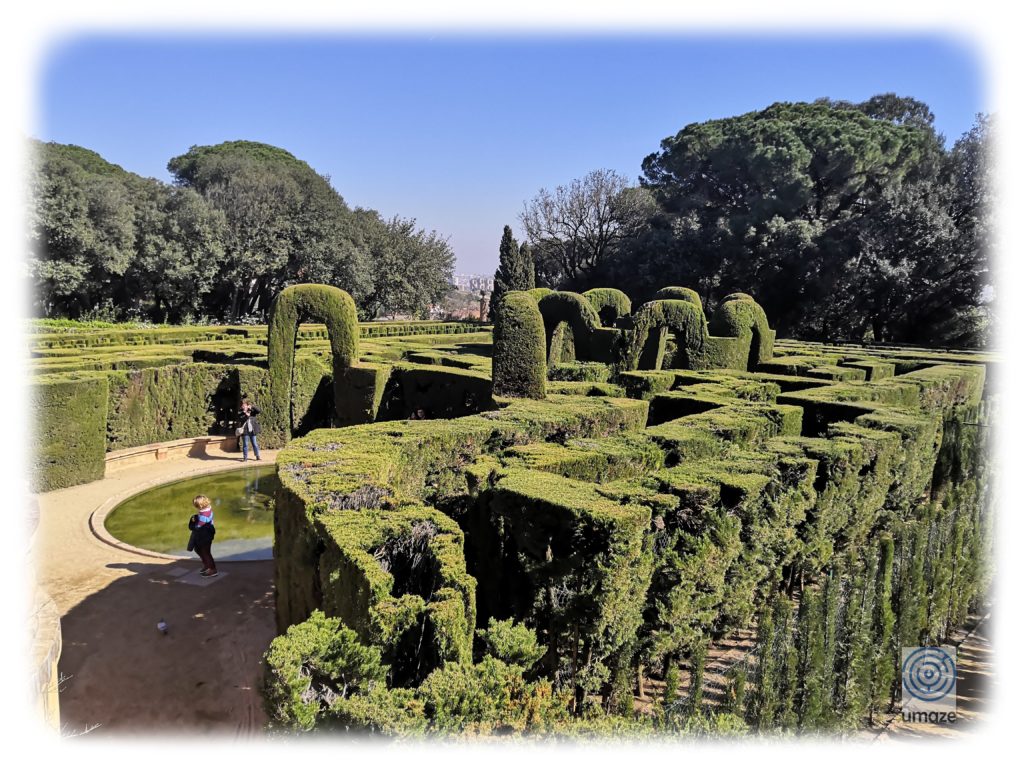
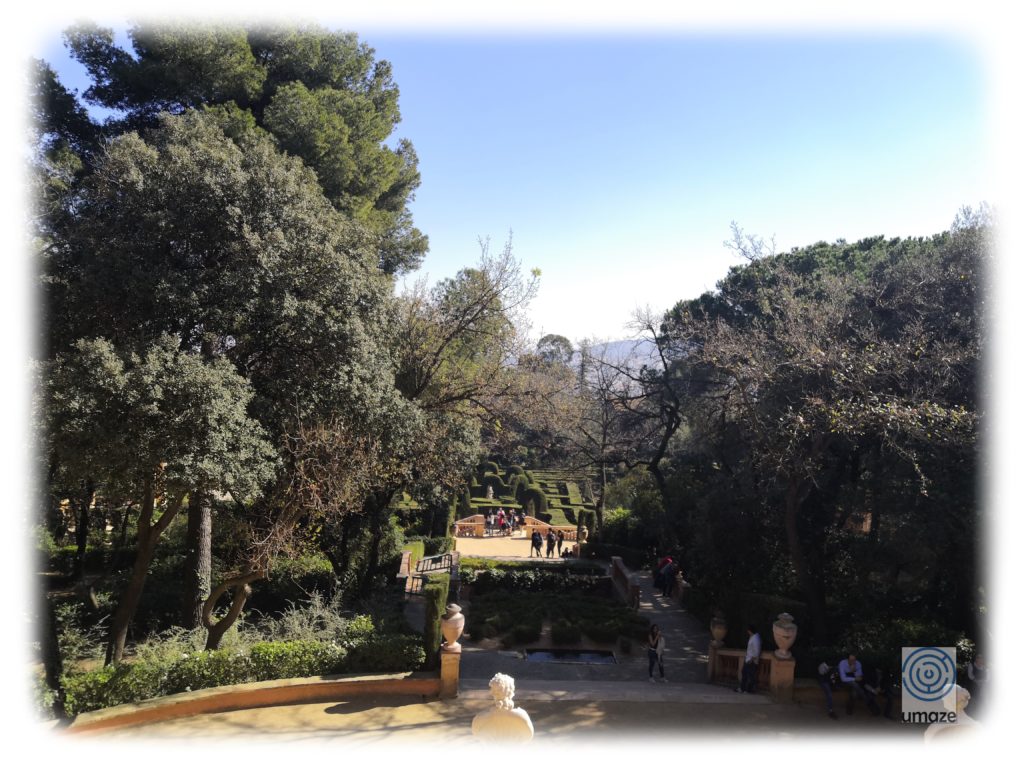
A marble relief (bas-relief) depicting Ariadne and Theseus is at the entrance of the maze. Ariadne was a Cretan princess in the Greek mythology, associated with mazes and labyrinths. Theseus is a mythical king and founder-hero of Athens.
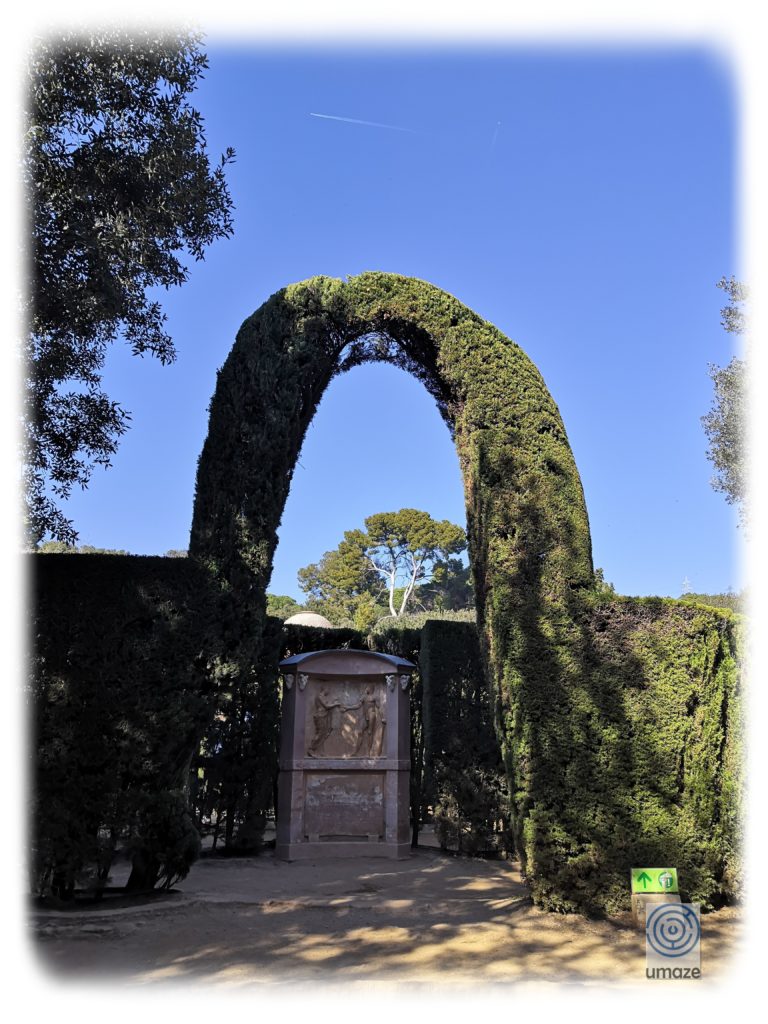
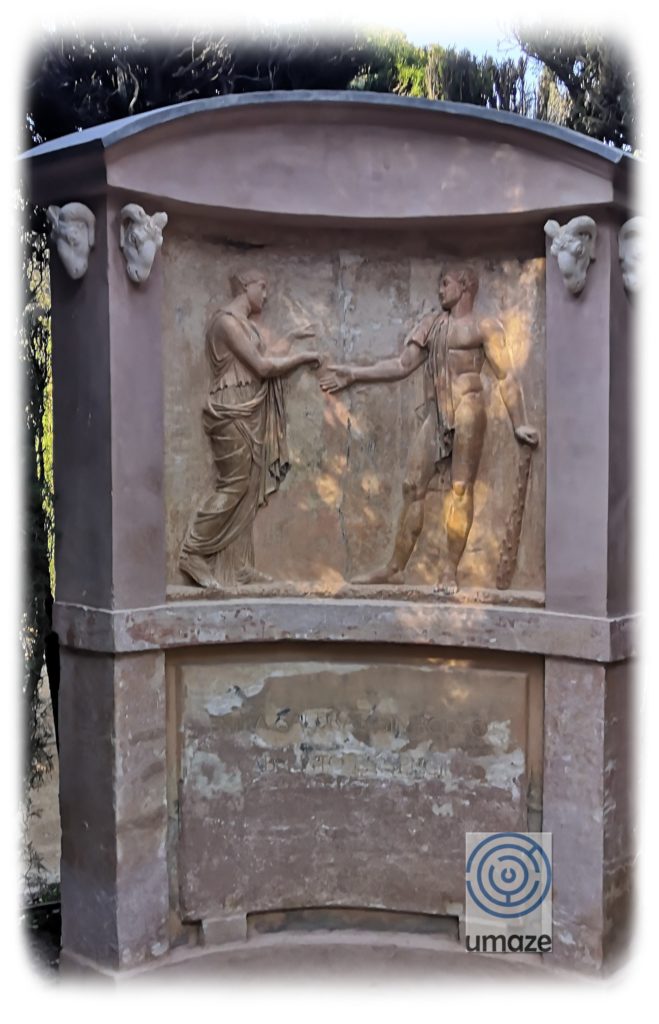
A statue of the god Eros is in the center of the maze. He is the Greek god of love and sex.
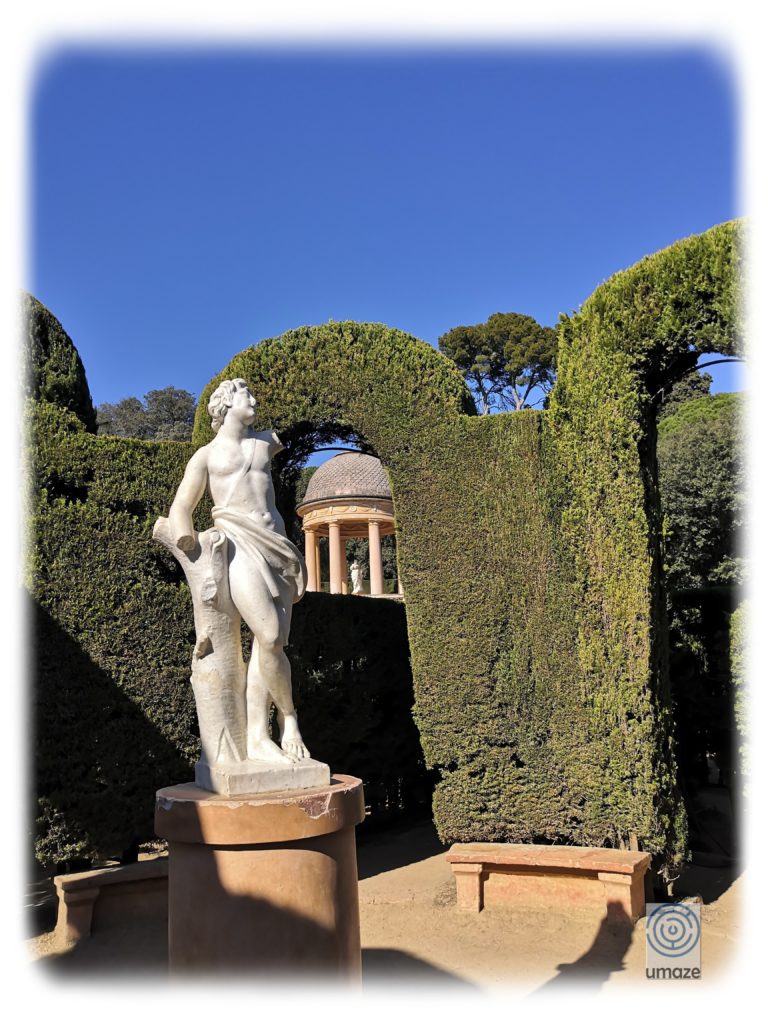
Walking through the maze is enjoyable and fun. The hallways are spacious to walk comfortably, and the maze is challenging. To see the challenge, observe the maze’s blueprint in the following diagram.
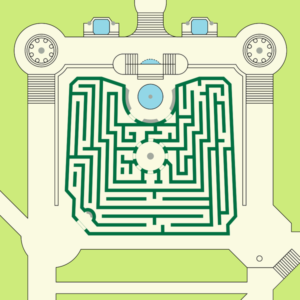
An interesting fact on modern media about this maze: Laberint d’Horta served as a shooting scenario in one scene in the movie: Perfume: The Story of a Murderer by the German director Tom Tykwer. The youtuber, Thomas Bergen, shares the following video to bridge his presence in the maze with the scenes of the movie.
More information:
- Parcs i jardins de Barcelona – Parc del Laberin
- https://www.barcelonaturisme.com/wv3/en/page/537/parc-del-laberint.html
- https://www.barcelona.de/en/barcelona-parc-laberint.html
- http://patrimoni.gencat.cat/en/collection/labyrinth-horta-park
- Wikipedia: https://en.wikipedia.org/wiki/Parc_del_Laberint_d%27Horta

